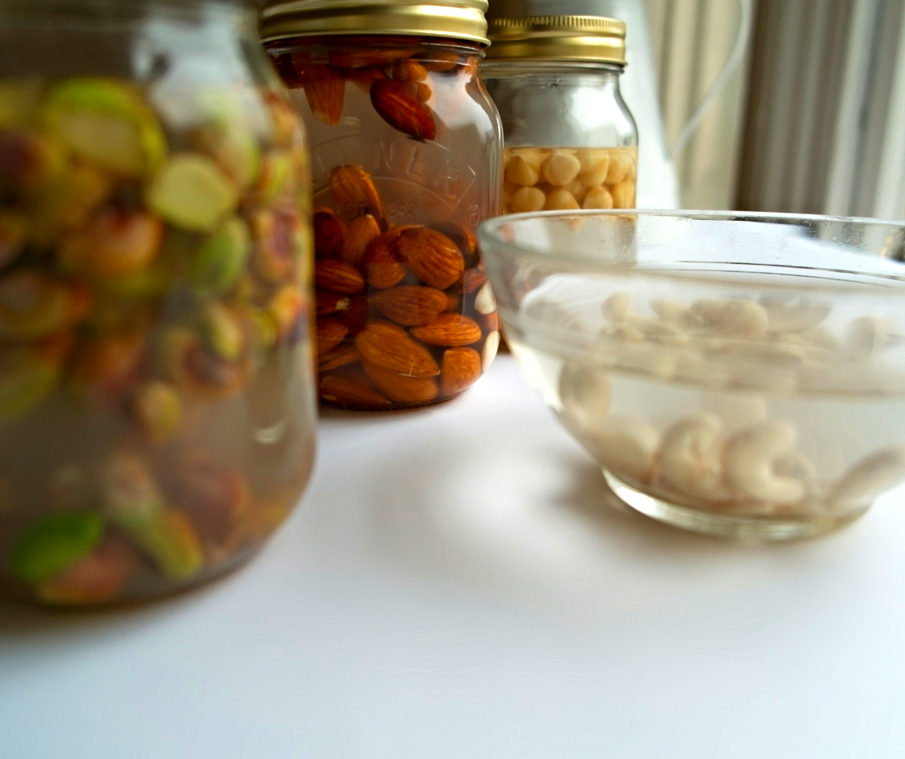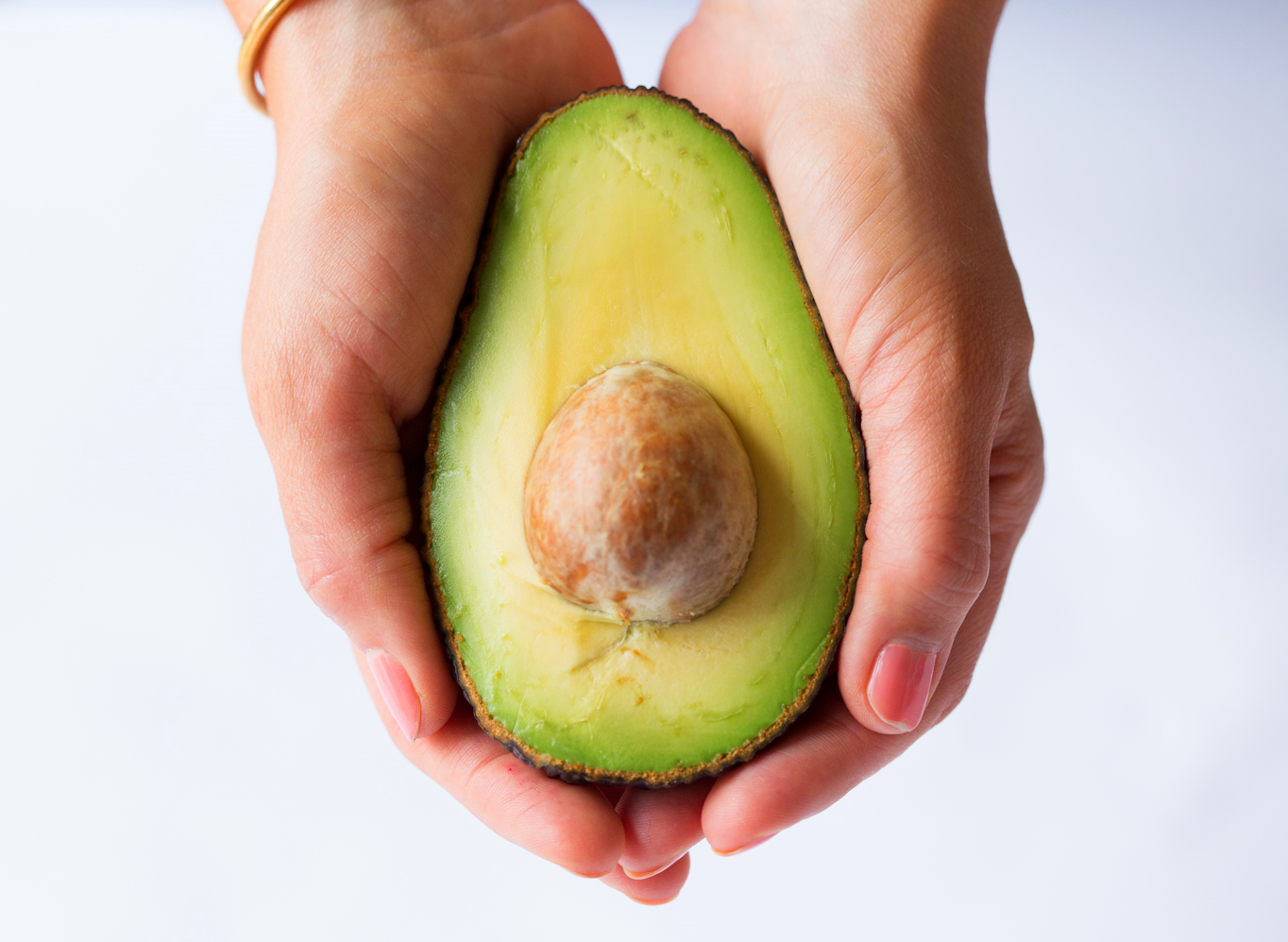Nut milk is one of the most easy but satisfying things to make. The thought of making milk from nuts might seem strange or difficult at first, but with a couple of simple tools it's a breeze.
You can make plain milks to use everyday in porridge or smoothies, or more fancy versions for something a bit more indulgent. Either way, it goes without saying that fresh homemade nut milk tastes miles better than anything you'll buy pre-packaged. And it contains only the whole food ingredients that you choose; no added sugar or weird preservatives.
It's also fun to experiment with different nuts. My current favourites are almond, pistachio and cashew, as featured in these recipes. Next on my list to try are hazelnuts, macadamia and Brazils - the possibilities are endless!
Not only does nut milk taste amazing, but it's also a nutrient-dense alternative to dairy. As well as being a fantastic plant-based source of protein and good fats, almonds, pistachios and cashews are fibre-rich sources of a number of vitamins and minerals, including vitamin E, copper, magnesium and zinc. Whether you follow a dairy free diet or not, I urge you to try it.
In this post I'm going to share the recipe for straight up almond milk and also something a bit more special. My cashew & pistachio milk with cinnamon, cardamom and date is a kind of plant based, wholefoods milkshake. Perfect as a mid afternoon treat or a decadent addition to a weekend breakfast.
The only kitchen tools you'll need for these recipes are a blender and a nut milk bag or muslin cloth to strain your milk. You can buy nut milk bags online or they're stocked in many health food shops.
Both these recipes call for soaking the nuts overnight before using them. This is to make them more digestible and their nutrients more available for absorption. Soaking nuts also softens them and makes them plumper, improving the texture of the nut milk.
Straight up almond milk
Makes approx 600ml/1 pint
Ingredients
1 cup almonds (soaked)
3 cups cold water
Pinch of salt
Cover the almonds in cold water and soak overnight. Drain, rinse well (removing any skins that have separated from the almonds) and place in the blender with the water and salt. Blend on high speed until the mixture is smooth.
Put your nut milk bag/muslin over a large bowl or jug and pour the liquid through. You'll need to squeeze the bag/cloth really well until only pulp is left behind.
Pour your strained nut milk into an airtight container and keep in the fridge for up to 3 days.
Cash-pistach nut milk
Makes approx 600ml/1 pint
Ingredients
1/2 cup cashews (soaked)
1/2 cup pistachios (soaked)
1tsp cinnamon
1/4tsp ground cardamom
1 medjool date
2 cups cold water
Pinch of salt
Cover the cashews and pistachios in cold water and soak overnight. Drain, rinse well (removing any skins that have separated from the pistachios) and place in the blender with the water and salt. Blend on high speed until the mixture looks smooth.
Put your nut milk bag/muslin over a large bowl or jug and pour the liquid through. You'll need to squeeze the bag/cloth really well until only pulp is left behind. Now rinse out your blender to remove any bits of ground nuts and pour the strained milk back in with the spices and date. Blend until smooth.
Serve immediately or pour into an airtight container and keep in the fridge for up to 3 days.
Note: It's normal for nut milk to separate a little, just give it a shake or stir if it does. You can use the pulp from straining the milk in energy balls or truffles




















